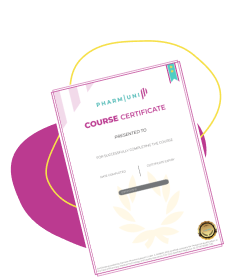CSV Software Validation
Definition
CSV Software Validation, or Computer System Validation, refers to the documented process of ensuring that software systems used in regulated industries—such as pharmaceuticals, life sciences, and biotechnology—consistently perform as intended. It is a critical component of compliance with regulatory requirements such as FDA 21 CFR Part 11, EU Annex 11, and GxP guidelines.
CSV is particularly vital when implementing Quality Management System (QMS) software, Laboratory Information Management Systems (LIMS), Manufacturing Execution Systems (MES), and other digital tools that handle data impacting product quality, safety, or efficacy.
Detailed Explanation
Purpose and Importance of CSV Software Validation
The primary goal of CSV software validation is to ensure the reliability, accuracy, and integrity of computerized systems that support GxP processes. Regulatory agencies require that any software used in the manufacturing, testing, or distribution of pharmaceutical products be validated to demonstrate that it functions correctly and securely.
Failure to validate software systems can lead to data integrity issues, product recalls, regulatory fines, and even harm to patients. Therefore, validation is not just a regulatory requirement but also a quality assurance best practice.
Key Components of CSV
- User Requirements Specification (URS): Defines what the system is expected to do.
- Functional Specification (FS): Describes how the system will meet the URS.
- Risk Assessment: Identifies potential areas of failure and their impact on product quality or patient safety.
- Validation Plan: Outlines the scope, approach, resources, and schedule for validation activities.
- Installation Qualification (IQ): Verifies that the system is installed correctly.
- Operational Qualification (OQ): Confirms that the system operates as intended under controlled conditions.
- Performance Qualification (PQ): Demonstrates that the system performs as expected under real-world conditions.
- Validation Report: Summarizes the validation activities, results, and conclusions.
Validation Tools and Techniques
Modern validation efforts often leverage specialized validation tools to streamline the process. These tools can automate test case management, track changes, and ensure audit readiness. Some commonly used validation tools include:
- ValGenesis
- Sparta TrackWise Digital
- MasterControl Validation Suite
- QMS software platforms with built-in validation modules
Using such tools not only reduces manual effort but also enhances traceability and compliance with electronic records and electronic signatures (ERES) requirements.
CSV in the Context of QMS Software Validation
When implementing QMS software, CSV ensures that all modules—such as document control, training management, CAPA, and audits—function correctly and securely. Validation of QMS software is essential for maintaining compliance with ISO 13485, FDA 21 CFR Part 820, and other quality system regulations.
For example, during the validation of a QMS platform, organizations must verify that:
- Access controls prevent unauthorized data manipulation.
- Audit trails are enabled and immutable.
- Electronic signatures meet regulatory standards.
- Workflows function as defined in the URS.
Best Practices for Effective CSV
- Adopt a risk-based approach to focus validation efforts on high-impact systems and features.
- Maintain thorough documentation for all validation steps.
- Involve cross-functional teams including QA, IT, and end users.
- Ensure continuous validation through periodic reviews and change control.


